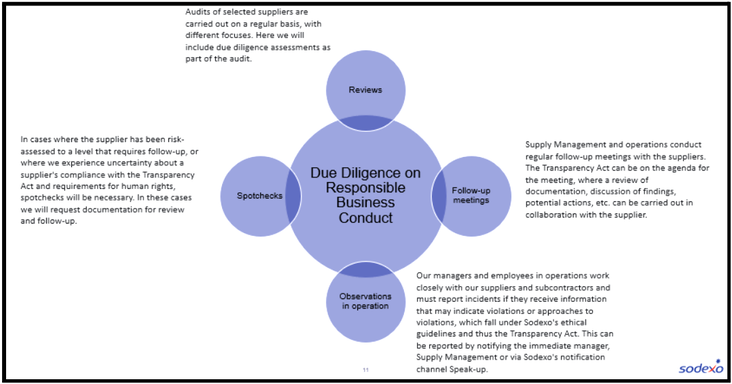Walking the talk on
responsible business conduct
Industry insights on how to practically tackle the obligations
of Åpenhetsloven
Blog by Randi Daltvei - Head of Supply Management Sodexo AS - 11.03.22


